Basic Personal Safety for Furniture Painting

by
Phoenix Restoration
(IC: blogger)
With so many people making a business out of restored / painted furniture, I thought it would be helpful to remind others to take personal safety seriously - even if it's just a side hobby.
When I’m lazy about safety, all I need to do is think about my kids for a few seconds to get my priorities straight: not taking time for safety is selfish!
#1 - Wear a Respirator-Mask. Whether you paint with VOC-free paint, regular acrylic/ latex, or highly toxic solvent based paints, I would recommend that you have one of these 3m Niosh respirators (or something equivalent). This mask filters particles and fumes.
Make sure and replaces the cartridges every 30 days or so, depending on your volume.
If you are spraying solvents, please consider buying this full face mask. My friend, Sucheta, calls it her Meth Mask. I guess if you watch Breaking Bad, you get that joke.
# 2 - Wear Gloves: I have different gloves for different situations to protect myself from dermal exposure, cuts, splinters, and making it more comfortable to lift.
When polishing brass, I wear standard kitchen gloves. I recently learned that oxalic acid in my favorite brass cleaner is some nasty stuff and can be absorbed through the skin!
When working with stripper or other harsh chemicals, I wear chemical gloves:
When moving furniture, I wear work gloves. I keep them in my van in case I’m out and about and need them to move furniture at an estate or garage sale. I swear, wearing work gloves makes me 10x stronger since my hands aren’t getting all sliced up and splintered.
#3 - Wear Safety Glasses / Splash Goggles:
When painting or working with liquids, I wear splash goggles with my respirator. I don’t yet have the full face mask, but this combination basically accomplishes the same thing – but it is not very comfortable!
#4 - Coveralls: This is more about the safety of my kids than my own personal safety. When I set up my spray booth earlier this year, I decided to get some full coveralls so that when I’m doing a quick task – like spraying – I can put these on while working and take them off and be ready to interact with my kids without changing or showering. These are about $8 and can be reused, but are ultimately disposable. Obviously, you can just have some dedicated shop clothes instead, but this works for me for certain tasks.
#5 - Ear Protection: Noise at high levels can cause permanent and irreparable hearing loss. When operating your sander, compressor, or other power tools, consider wearing ear protection. I use foam ear plugs or wear gun muffs.
#6 - Knees: If you kneel while working, wear knee pads or use a kneeling mat and move it around with you.
7. Dolly: Leverage every tool you can to help you move furniture so you don’t strain your back! I am preaching to myself with this point. I move many of my things alone and do a lot of unnecessary heavy lifting. One slip or misstep and I could throw out my back and have to quit this business.
Finally, I mentioned this in my How to Start a Furniture Painting Business Post – but I’ll say it again here: consider enrolling in your State’s Industrial Insurance program (L&I). You’ll have to pay premiums, but this means that you will be covered if you are injured on the job.
Enjoyed the project?

Want more details about this and other DIY projects? Check out my blog post!
Published October 13th, 2015 9:00 AM



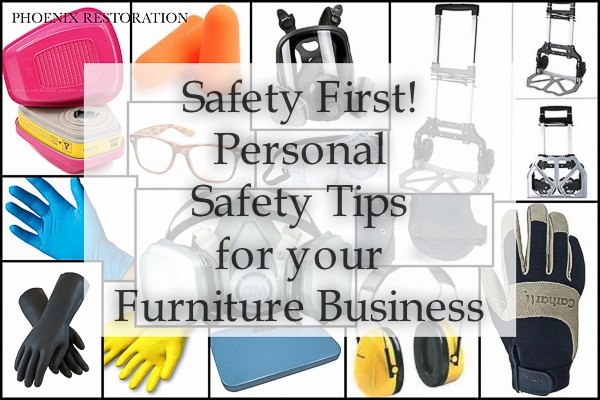















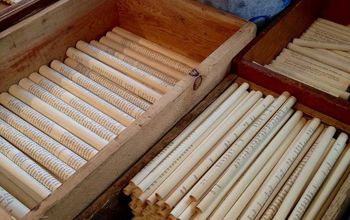



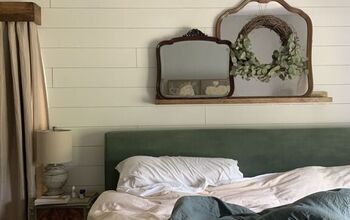
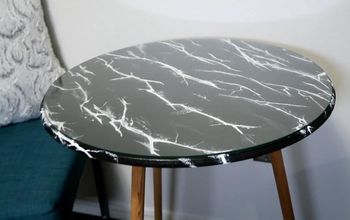
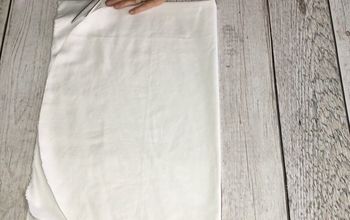







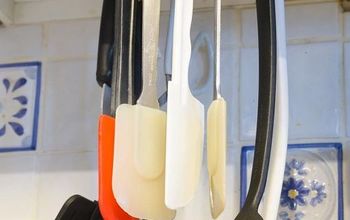


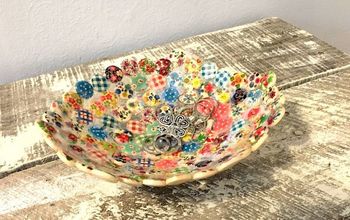




Frequently asked questions
Have a question about this project?